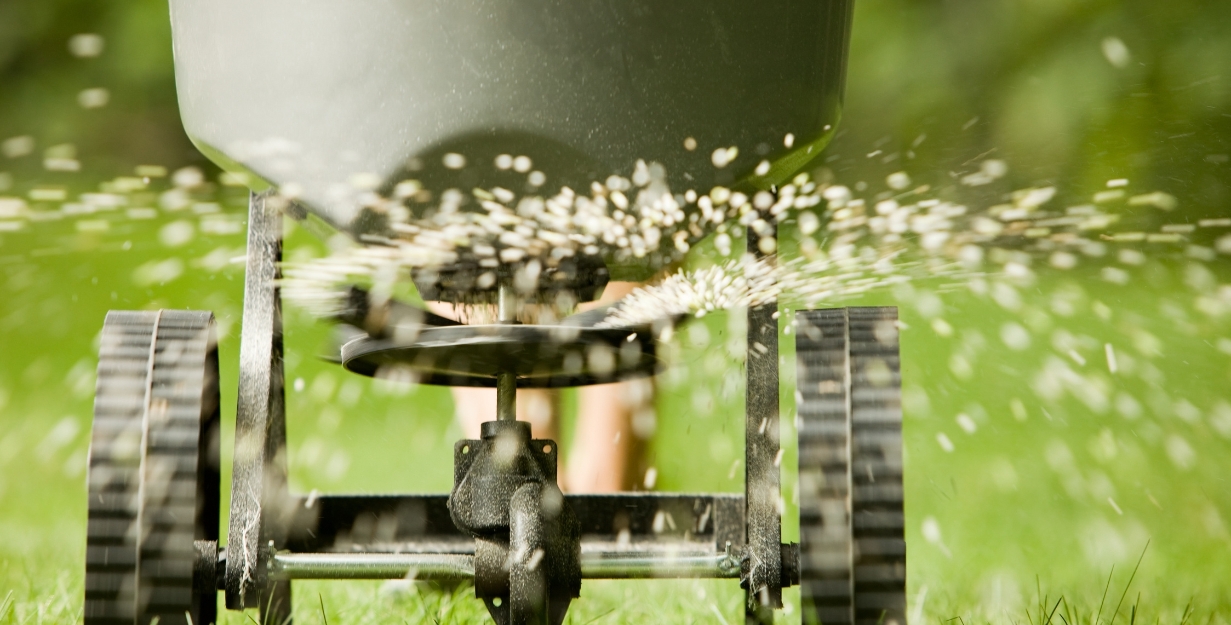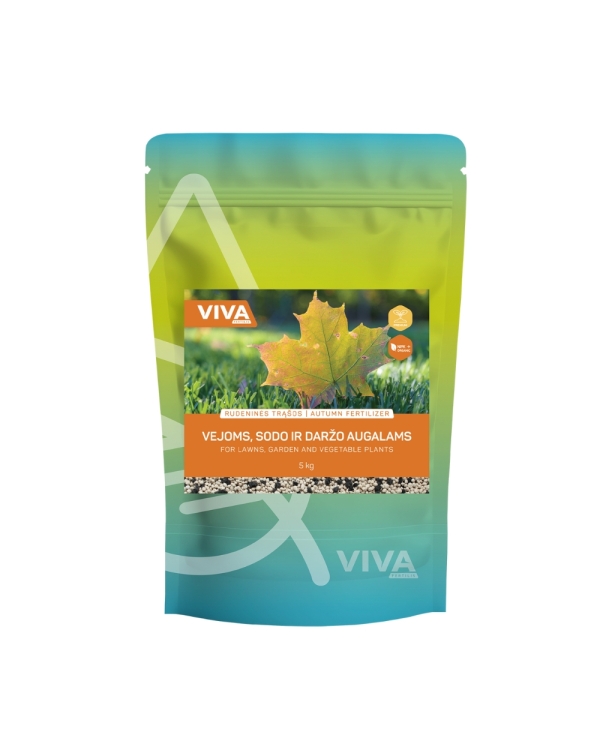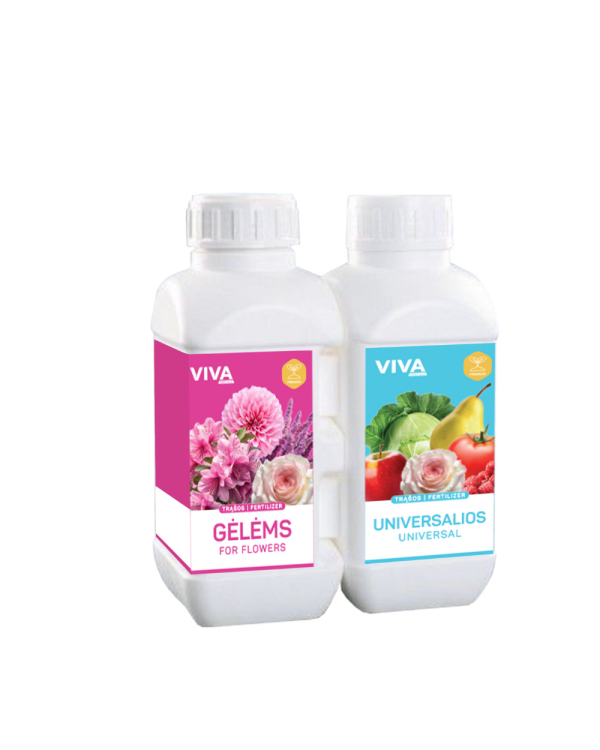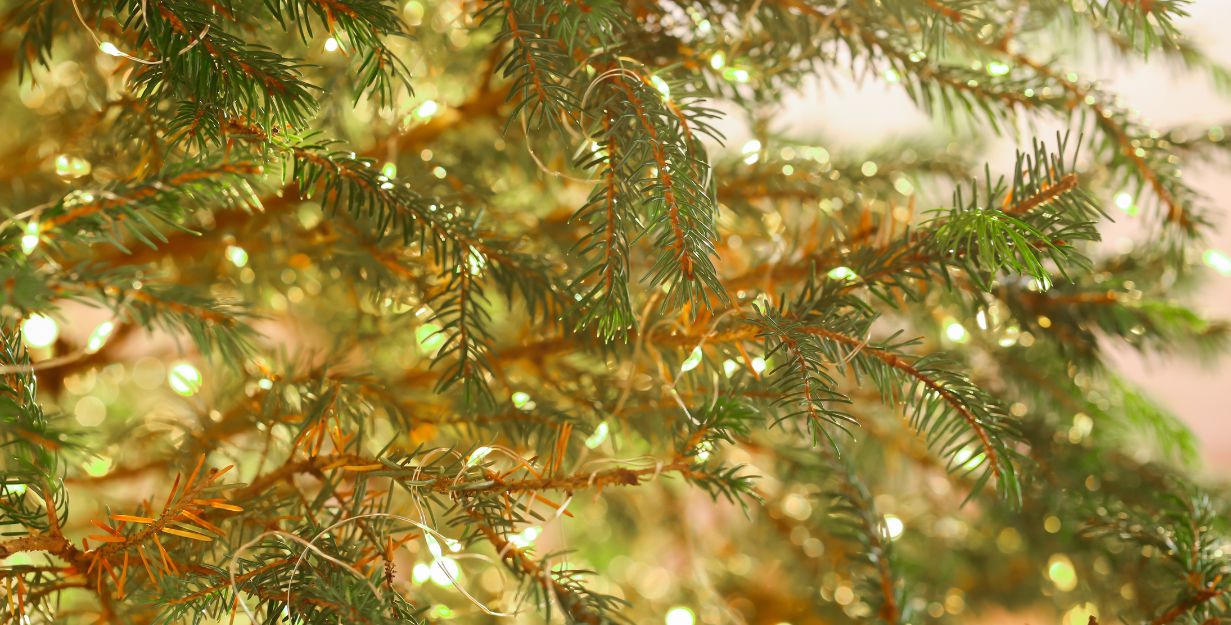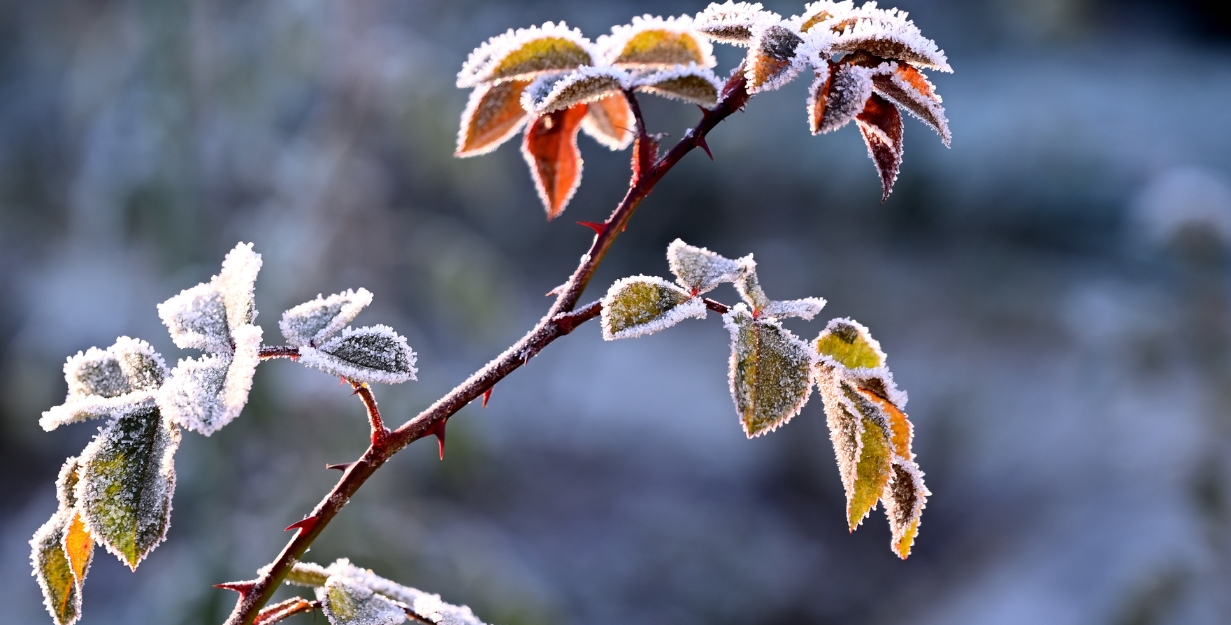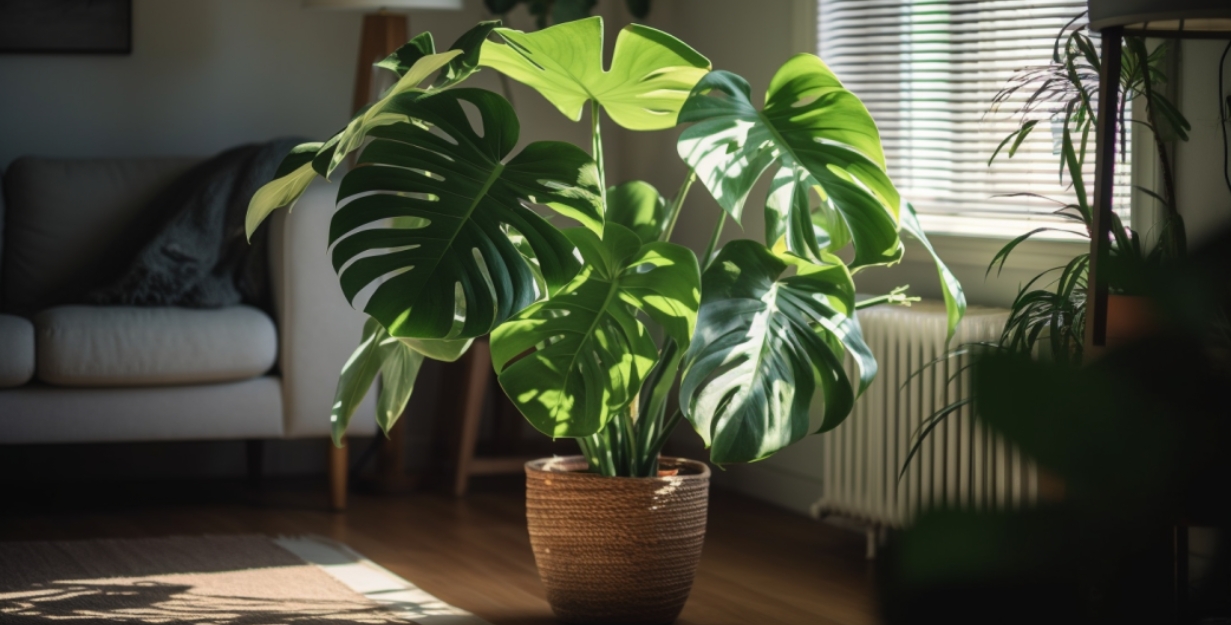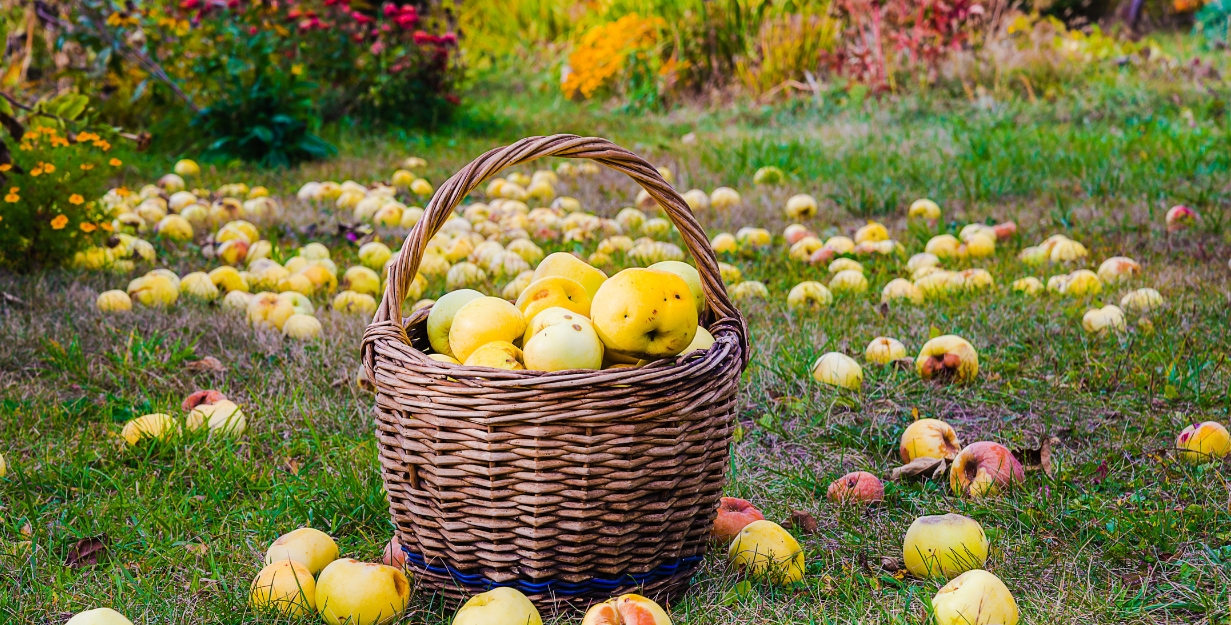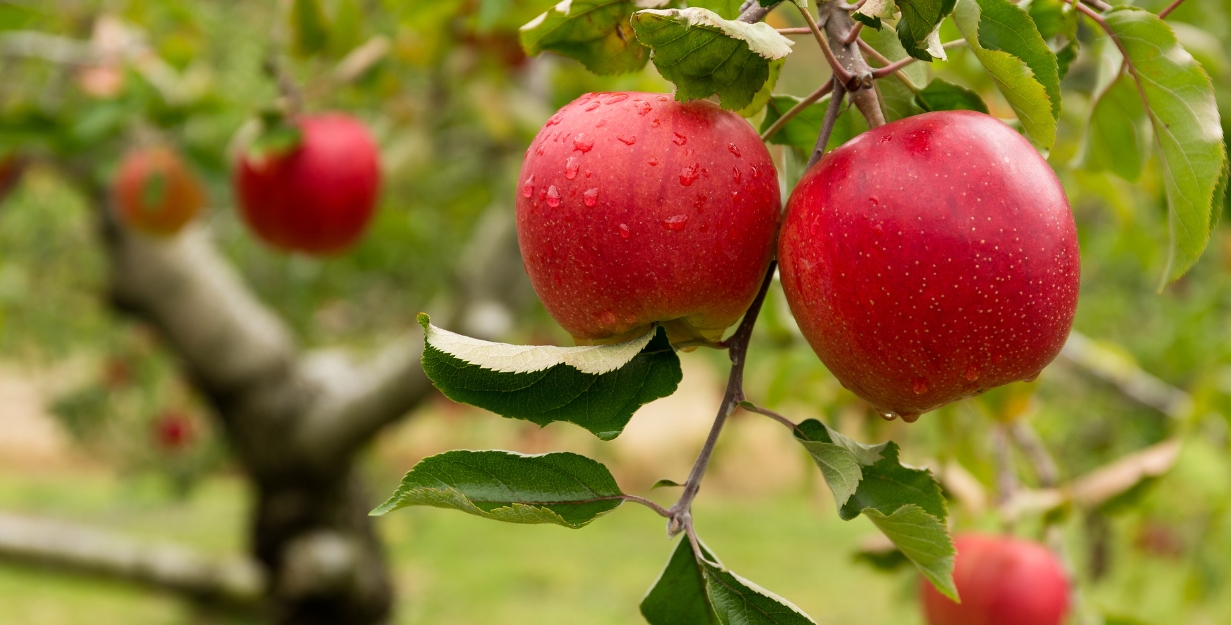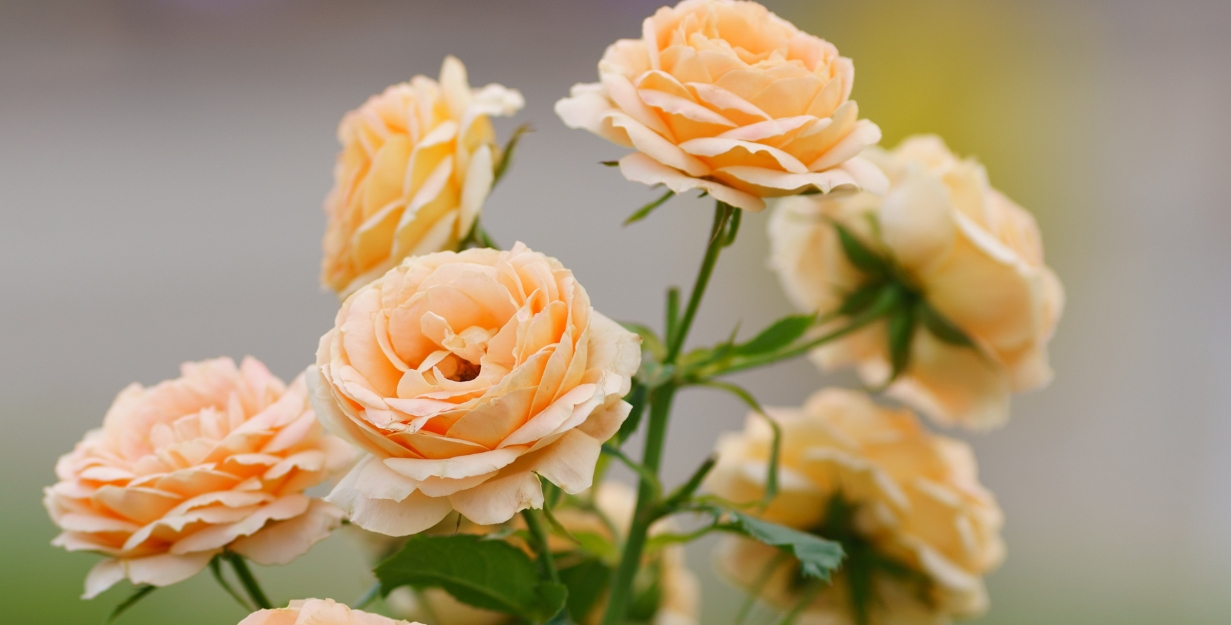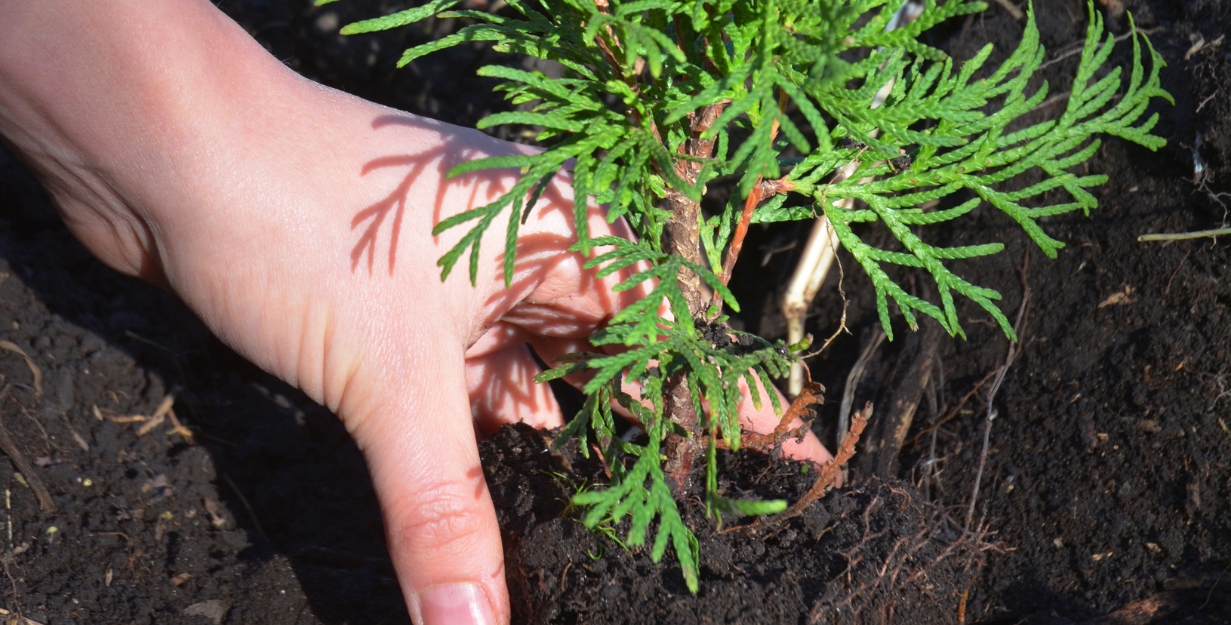Autumn is the time when plants gradually complete their vegetation cycle and accumulate reserves for the next season. While late vegetables and berries are still ripening in the garden and the lawn remains green and actively growing, it is from September to November that perennial plants especially need proper fertilization. Professional gardeners emphasize that autumn fertilization helps plants develop stronger root systems, store nutrients, and prepare for successful overwintering.
Why is autumn fertilization important?
Strengthening perennials.
Lawns, fruit trees, berry bushes, strawberries, and ornamental plants – all of them must remain vital throughout the winter, which is only possible if their roots accumulate enough nutrients.
Roots – the main priority.
In autumn, plants direct more energy to root development. Phosphorus and potassium promote root growth, increase cold resistance, and ensure faster regrowth in spring.
Resistance to unfavorable conditions.
A balanced supply of nutrients helps plants withstand frost, excess moisture from melting snow, and, in spring, drought and temperature fluctuations.
Improving soil fertility.
Organic matter and humic acids activate soil microorganisms, improve soil structure, and in the long term ensure more sustainable yields.
What should be fertilized?
- Fruit trees and berry bushes.
Apples, pears, plums, cherries, currants, and gooseberries – their roots need additional nutrition in autumn. This helps accumulate reserves for flower bud formation and ensures a more abundant harvest next year. - Strawberry beds.
Perennial strawberry plants build up energy for new flower buds in autumn. Without sufficient phosphorus and potassium, they will bloom less in spring, and yields will be reduced. Fertilizing with specialized autumn fertilizers strengthens their root system and ensures quicker recovery in spring. - Lawns.
Even though they are still green, lawns need to prepare for winter. Fertilized in autumn, they are more resistant to frost damage and recover faster in spring. - Ornamental plants.
Perennial flower beds, conifers, and deciduous shrubs should also be fertilized to maintain their resistance to frost and diseases.
A professional solution – new autumn fertilizers
We are introducing new organic-mineral granular fertilizer blends without chlorine, enriched with humic and amino acids. These fertilizers are specially formulated for autumn fertilization of lawns, gardens, and vegetable beds.
Key benefits:
- Strengthens the root system and stimulates lateral root growth.
- Increases plant resistance to frost and other unfavorable conditions.
- Helps plants prepare for winter and supports early regrowth in spring.
- Improves soil structure and microbiological activity.
Application rates:
- Lawns: 2.5–3.5 kg/100 m²
- Vegetables: 40–60 g/m²
- Strawberries: 40–60 g/m²
- Fruit trees and ornamental plants: 60–100 g/m²
Evenly spread the fertilizer on the lawn or around plants; if possible, lightly incorporate it into the soil and water. Application is recommended from September to November.
Autumn fertilization is a professional and essential step for every gardener. Fertilized fruit trees, berry bushes, strawberries, lawns, and ornamental plants not only overwinter more easily but also welcome spring greener, healthier, and ready for a generous harvest.
our top products
#vivafertis
in our blog
in our blog


